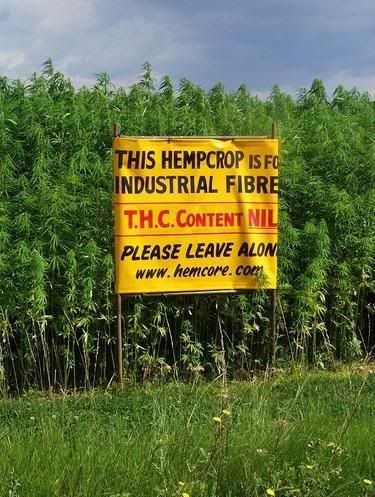I work in petroleum equipment service on the retail end. Ethanol is working itself toward a disaster. Well maybe disaster is too big a word but...
Problems behind the scenes:
After years of service, storage tanks build up a good deal of varnish on the inside. This varnish is not gasoline soluble so its no big deal. Varnish is alcohol soluble. When ethanol is put in the storage tank it eats up the varnish in the tank which is suspended in solution until it settles out. Then whenever a delivery is made it gets mixed back up into the fuel. In this case filters need to be changed, lines purged, and the site shut down until it settles again. After it settles, the fuel at the bottom of the tank must be pumped out and disposed of. As much as 1,000 gallons in a 10,000 gallon tank, per tank. The biofilters are also much more expensive than regular particulate filters.
Additionally I'm finding many of the rubber gaskets, o-rings, and diaphragms in older dispensers are being destroyed by ethanol.
E10 (gasoline with 10 percent ethanol) combines with water at a rate of 1:1. E85 combines with a practically infinite amount of water. 3 inches of water in the bottom of a tank (not uncommon in the high humidity of the South) sucks an equal amount of alcohol from E10 or E85 rendering near 6 inches of unusable crap water alcohol mix at the bottom of the tank. Perhaps 400-500 gallons in a 10,000 gallon tank. 500 gallons is a lot of money to lose for a small time operation. Crap that will really hurt your vehicle if it gets through the filters. If the jobber has not put biofilters on, it will get through the filters.
We went through this in the late 80's early 90's. It was such a behind the scenes problem that major oil abandoned it. Now almost all major oil is going back to at least E10. If it is E10 they are not obliged to tell you by law.
I just wonder at the real cost of ethanol to the individual retail outlets, branded or not. Energy wise I do not believe it is a saver.

